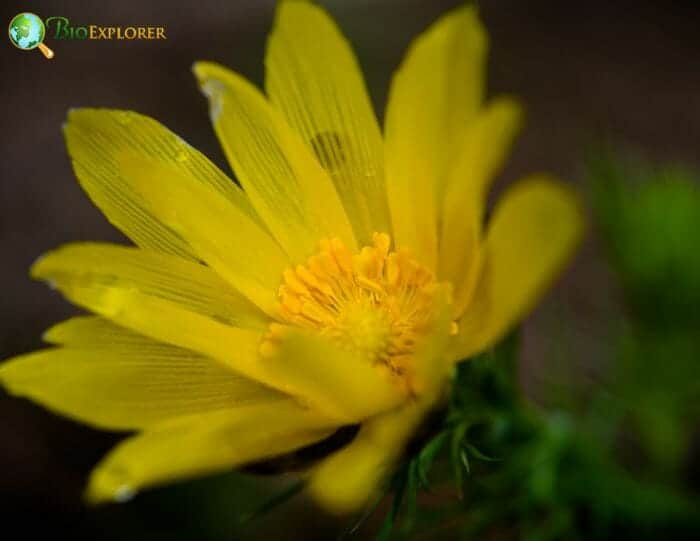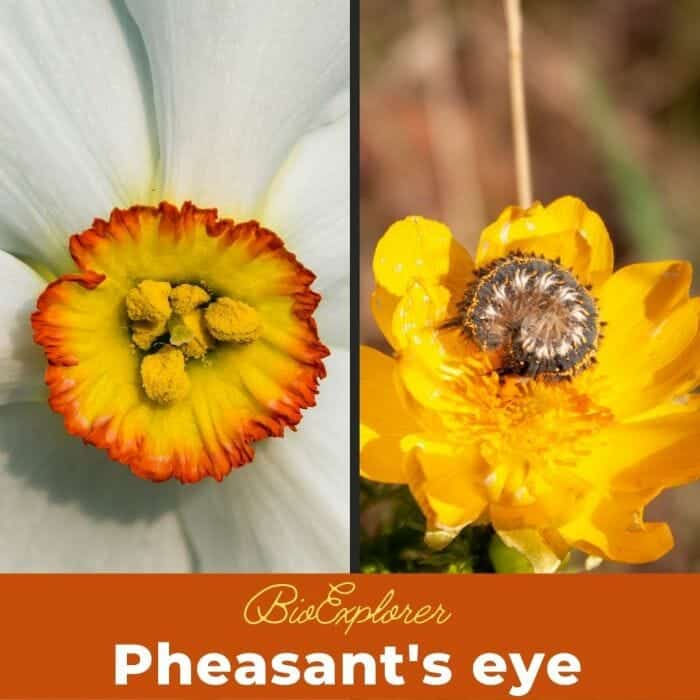
Adonis vernalis, commonly known as pheasant’s eye, false Hellebore, yellow pheasant’s eye, and spring pheasant’s eye, is a perennial plant in the Ranunculaceae (buttercups) family.
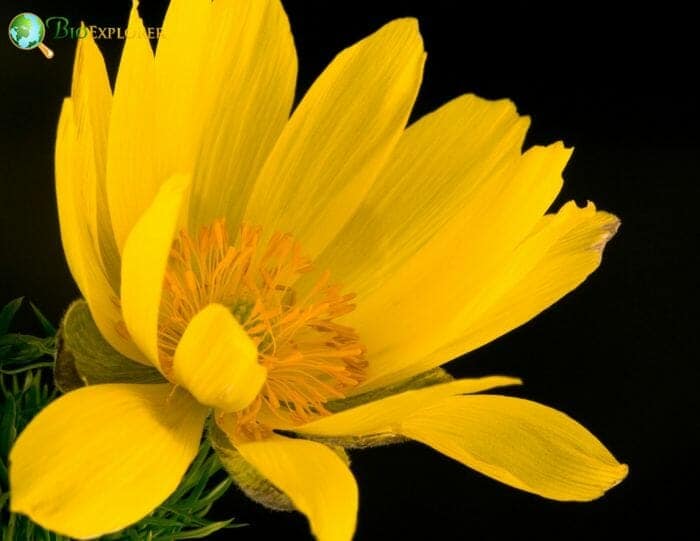
It occurs in the dry grasslands and steppes of Western Asia and the Mediterranean. The genus Adonis includes 32 species[1]. The name pheasant’s eye refers to the similarity between the colors of its flowers and a pheasant’s red-eye.
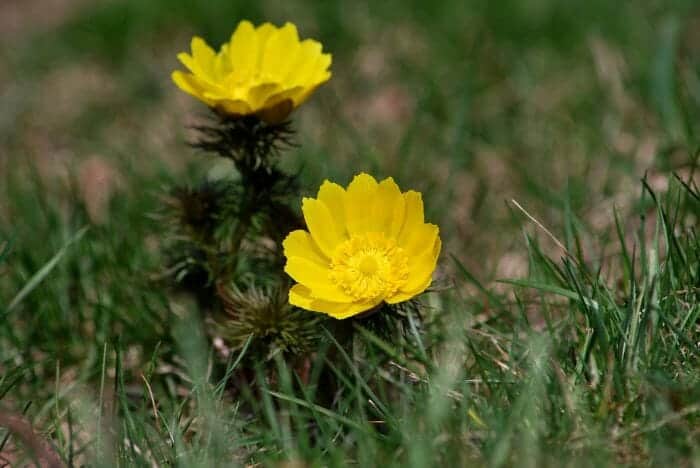
The plant features upright, columnar, branching, leafy stems that average 8 to 24 inches tall. The typical width of the plant is 6 to 12 inches.
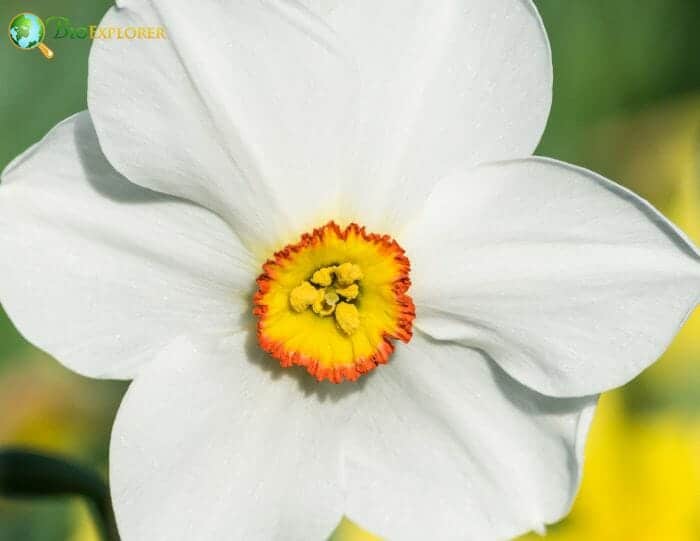
The blooms are small and resemble buttercups, varying in color from yellow, orange, scarlet, or purple. In most species, the flower has a dark purple spot in the middle and dark purple stamens and anthers.
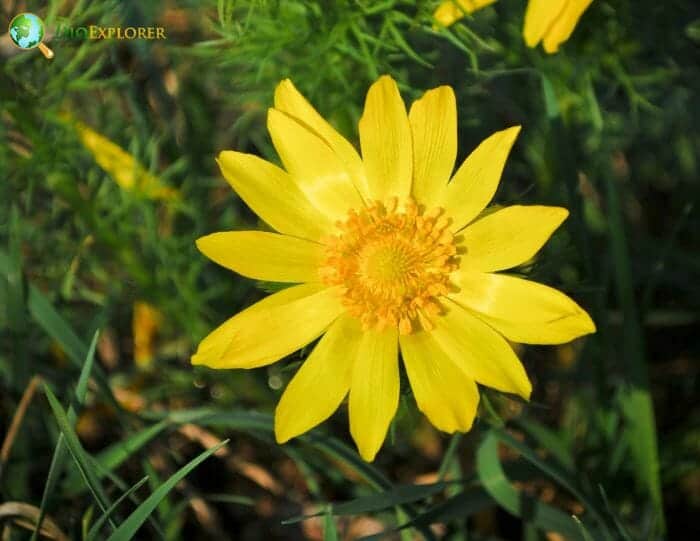
The leaves are light green, pinnate, and resemble ferns. The pheasant’s eye flowers bloom from May through July.
